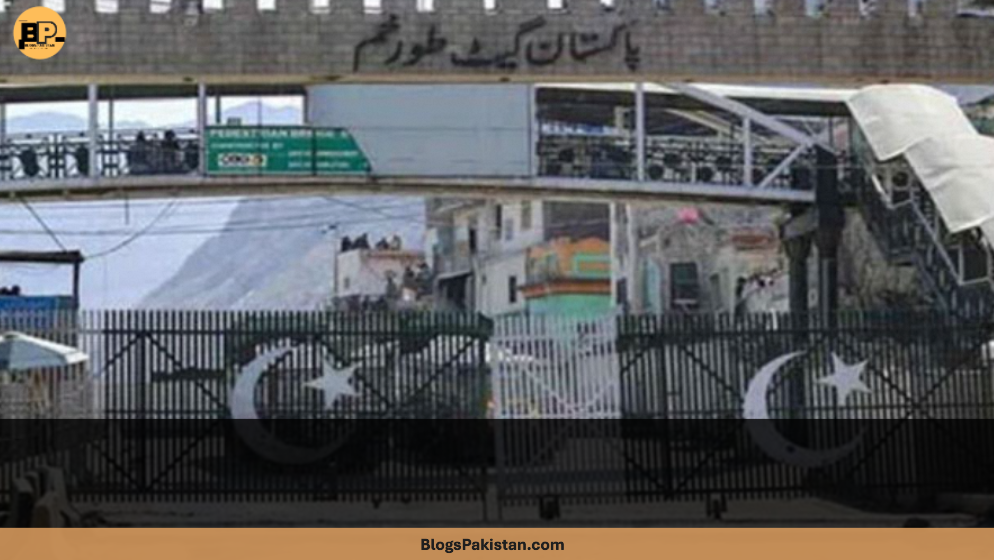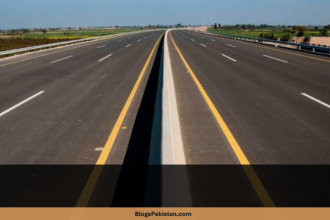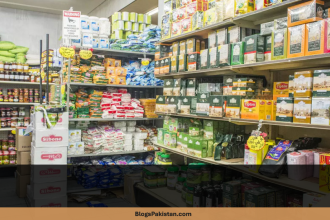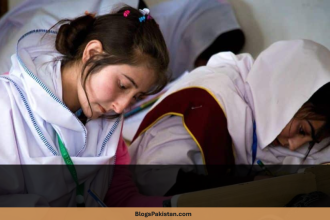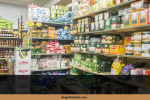If you thought the only things crossing the Pakistan-Afghanistan border were cricket banter and the occasional goat, think again. In the first half of 2025, bilateral trade between these two neighbors soared to an impressive $989 million. Yes, you read that right — nearly a billion dollars! In a region more often in the headlines for its hurdles than its handshake deals, this is big news for anyone who eats onions, wears cotton, or just likes a good economic plot twist.
Let’s break down what’s happening, why it matters, and why there’s more to these trade numbers than just beans and rice (although, there are a lot of beans and rice involved).
What’s Driving the Pakistan-Afghanistan Trade Boom in 2025?
For years, the border between Pakistan and Afghanistan has been a tricky one, with politics, security, and bureaucracy all acting as speed bumps. But despite the odds — and perhaps because necessity is the mother of invention — trade is not just surviving, it’s thriving.
According to the Afghan Ministry of Industry and Commerce, between January and June 2025:
- Afghan exports to Pakistan reached $277 million.
- Imports from Pakistan to Afghanistan hit $712 million.
That’s a total trade volume of $989 million. In subcontinental terms, that’s a lot of onions and a mountain of Sella rice.
What’s on the Menu? Afghanistan’s Top Exports to Pakistan
So, what exactly is moving across the border? Let’s take a quick look at Afghanistan’s main exports to Pakistan:
- Cotton: The region’s textile mills run on this white gold.
- Coal: Essential for energy and industry, even if it’s not the greenest option.
- Onions and Tomatoes: Because no curry is complete without them.
- Raisins: For your morning Chai Paratha or luxury export baskets.
- Mung Beans: Powering healthy diets and daal lovers across the border.
- Talc Stone: Yes, that’s the stuff in baby powder!
It’s not all about feeding stomachs; it’s about feeding economies. These products are staples in Pakistan’s markets, and Afghan farmers and traders rely heavily on this outlet.
Pakistan Returns the Favour: Key Exports to Afghanistan
Trade isn’t a one-way street, and Pakistan is more than happy to return the favor. The top Pakistani goods heading west include:
- Sella Rice: The pride of Punjab and Sindh, a must in Afghan kitchens.
- Pharmaceutical Products: Keeping medicine cabinets stocked.
- Sugar: Because everyone needs a little sweetness.
- Cotton Textiles: Clothing a nation, one kurta at a time.
- Industrial Raw Materials: Powering Afghanistan’s growing factories.
This shows the interdependence of the two economies. What Afghanistan needs, Pakistan provides, and vice versa.
Where’s the Action Happening? Key Trade Routes
Trade isn’t just about what gets sent; it’s also about how it gets there. The main trade arteries currently open include:
- Chaman
- Spin Boldak
- Torkham
- Dand Patan
One notable absence is the Ghulam Khan route, which remains closed. According to Khan Jan Alokozai of the Afghanistan Chamber of Commerce and Investment, this is a hold-up — but overall, trade is still surpassing last year’s figures.
What’s Behind the Growth? The Human Side of Trade
This upsurge isn’t just about numbers and trucks. There’s real human impact here. For countless farmers, laborers, and traders on both sides, this trade means jobs, food on the table, and hope in times of uncertainty.
Mirwais Haji Zada, First Deputy of the Agriculture and Livestock Chamber in Afghanistan, summed it up: “Pakistan is a vital market for Afghanistan, and many of their agricultural products are not available locally. Constructive engagement is necessary to strengthen trade relations.”
In other words, this cross-border partnership is less about politics and more about potatoes — and that’s a good thing.
What Does This Mean for Pakistan and India?
You may be wondering: “Why should I care about what’s happening at the Khyber Pass?” Here’s why:
- Economic Boost: More trade means more economic activity, jobs, and prosperity in border regions.
- Food Security: Access to diverse products keeps prices in check and supplies stable.
- Regional Stability: Economic interdependence tends to reduce tensions (at least until the cricket match starts).
- New Opportunities: For exporters, importers, and entrepreneurs — especially those looking to expand into Central Asia.
And for India? Any improvement in Pakistan-Afghanistan trade can potentially open up future overland routes to Central Asia. The Silk Road 2.0, anyone?
Challenges on the Road: Not All Smooth Sailing
Of course, it’s not all roses (or raisins). There are still hurdles:
- Border Closures: As with the Ghulam Khan route, politics can bring things to a halt.
- Bureaucratic Red Tape: Paperwork can sometimes move slower than a camel caravan.
- Security Concerns: The region is still volatile in places, which can disrupt trade.
- Infrastructure Issues: Better roads, storage, and customs facilities are needed.
But if the current momentum continues — and governments follow the advice of business leaders — there’s every reason to expect further growth.
A Visual Slice of Trade
Insert here a stock photo depicting a busy border marketplace or trucks lined up at a border crossing, showing the human side of trade between the two countries.
The Road Ahead: How Can Trade Go Even Further?
As both countries take steps to boost their economies and provide better livelihoods for their people, there are a few key strategies:
- Open More Routes: Reopen the Ghulam Khan route and look for new crossings.
- Simplify Customs Procedures: Make it easier for legitimate traders to do business.
- Invest in Infrastructure: From roads to warehouses, better facilities mean smoother trade.
- Promote Joint Ventures: Encourage businesses in both countries to work together.
Conclusion: When Borders Become Bridges
The $989 million trade milestone between Pakistan and Afghanistan in 2025 is more than just a number. It’s proof that even in a region known for its challenges, business and human needs can find a way.
If you’re in Pakistan or India, keep an eye on this border — not just for the politics, but for the potatoes, the rice, the jobs, and the future it represents.

